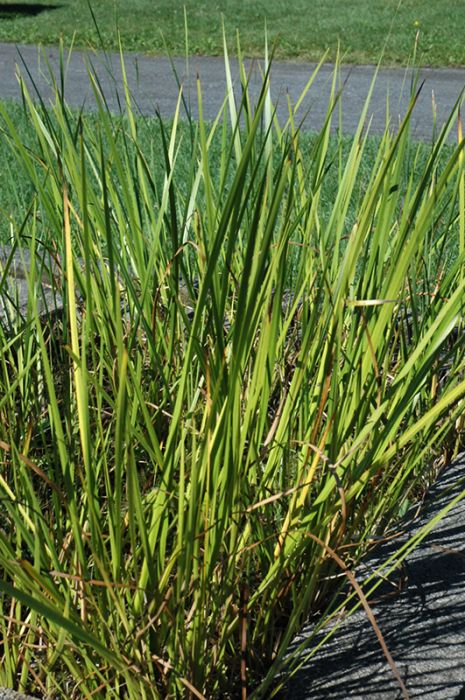Acorus, American Sweet Flag 'Minnesota Native'




Out of stock
Coming soon, still growing- Sun Preference
- Full-Sun, Part-Sun
- Bloom Time
- May, June, July
Description
A wetland plant that may spread over time to form large colonies, excellent for shoreline stabilization and wetland restoration. Long, sword-shaped leaves give off a sweet aroma whe broken, giving arise to the common name. Moist to wet soils.
Minnesota's Largest Selection of Perennials
Discover an unparalleled selection of perennials at Gertens! With the largest variety in Minnesota, we offer endless options of colorful perennials, natives, and pollinator plants to beautify your garden year after year. From vibrant flowers to lush foliage, our perennials are perfect for adding beauty and charm to your outdoor space. Visit Gertens today and see why we're known as Minnesota's Destination Garden Center!
Details
American Sweet Flag | Acorus americanus
Height: 5 feet
Spread: 3 feet
Sunlight: Full sun to Partial Shade
Hardiness Zone: 4a
Description:
This striking variety forms a tall clump of deep green, sword shaped leaves with white or red-tinged bases; a great accent for a pond or along a stream; divide in spring if clump centers thin out
Ornamental Features
American Sweet Flag is primarily valued in the landscape or garden for its ornamental upright and spreading habit of growth. Its attractive large fragrant sword-like leaves remain dark green in color throughout the season.
Landscape Attributes
American Sweet Flag is a dense herbaceous perennial grass with an upright spreading habit of growth. Its relatively fine texture sets it apart from other garden plants with less refined foliage.
This is a relatively low maintenance plant, and is best cleaned up in early spring before it resumes active growth for the season. It has no significant negative characteristics.
American Sweet Flag is recommended for the following landscape applications;
- Mass Planting
- General Garden Use
- Groundcover
- Naturalizing And Woodland Gardens
- Container Planting
- Bog Gardens
Planting & Growing
American Sweet Flag will grow to be about 5 feet tall at maturity, with a spread of 3 feet. Its foliage tends to remain dense right to the ground, not requiring facer plants in front. It grows at a medium rate, and under ideal conditions can be expected to live for approximately 10 years. As an herbaceous perennial, this plant will usually die back to the crown each winter, and will regrow from the base each spring. Be careful not to disturb the crown in late winter when it may not be readily seen!
This plant does best in full sun to partial shade. It prefers to grow in moist to wet soil, and will even tolerate some standing water. It is not particular as to soil pH, but grows best in rich soils. It is somewhat tolerant of urban pollution. This species is native to parts of North America. It can be propagated by division.
American Sweet Flag is a fine choice for the garden, but it is also a good selection for planting in outdoor pots and containers. With its upright habit of growth, it is best suited for use as a 'thriller' in the 'spiller-thriller-filler' container combination; plant it near the center of the pot, surrounded by smaller plants and those that spill over the edges. It is even sizeable enough that it can be grown alone in a suitable container. Note that when growing plants in outdoor containers and baskets, they may require more frequent waterings than they would in the yard or garden. Be aware that in our climate, most plants cannot be expected to survive the winter if left in containers outdoors, and this plant is no exception. Contact our experts for more information on how to protect it over the winter months.
More Information
| Gerten Grown Plants | Gerten Grown Plants |
|---|---|
| Available for Pre-Order | No |
| MN Native Plants | MN Native Plants |
| Sun Preference | Full-Sun, Part-Sun |
| Bloom Time | May, June, July |
| Mature Spread (Range) | 24" - 36" |
| Mature Height (Range) | 37" - 48" |
| USDA Hardiness Zone | 4, 5, 6 |


